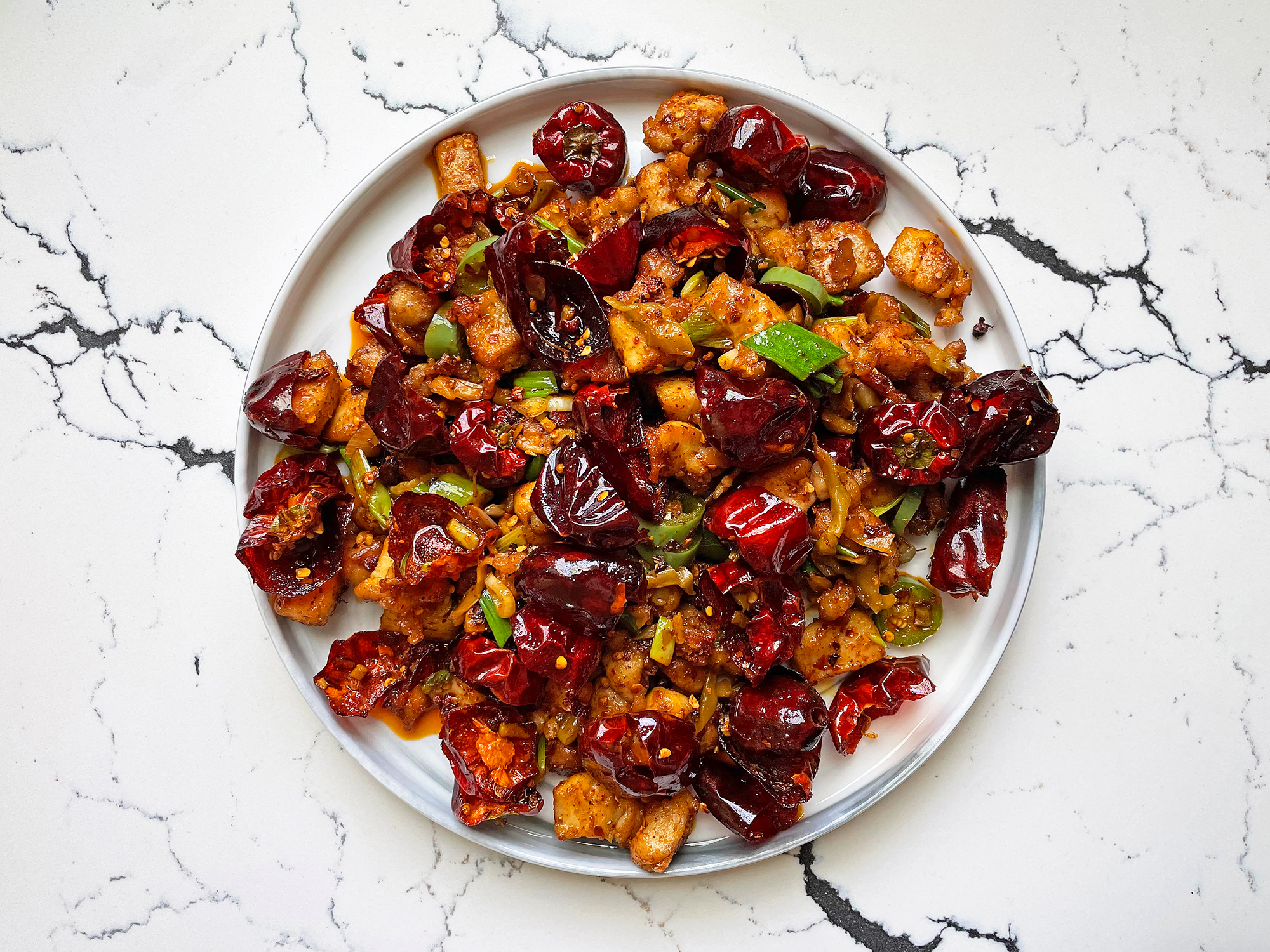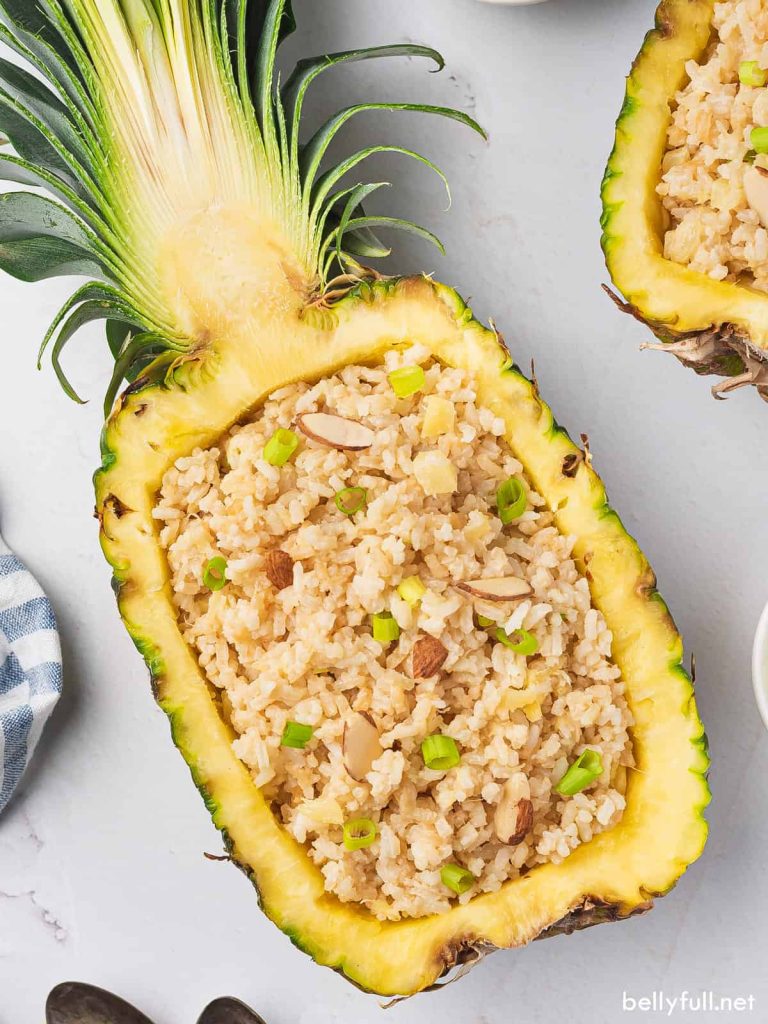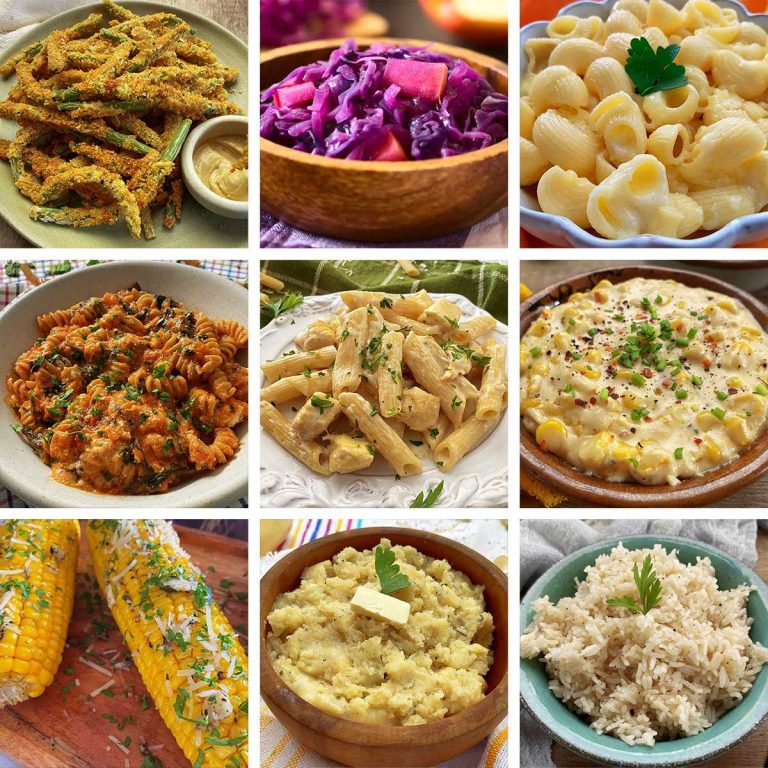Chongqing Chicken: Recipe, History, and Global Variations
Sichuan cuisine, known for its bold flavors and use of chili peppers and Sichuan peppercorns, significantly influences Chongqing Chicken. The dish embodies the “mala” flavor, which translates to “numbing and spicy,” a hallmark of Sichuan cooking. The province’s unique culinary style, characterized by an abundance of spices and aromatic ingredients, helps create Chongqing Chicken’s distinctive taste that balances heat and complexity.
Evolution of the Dish Over the Years
Chongqing Chicken has evolved significantly since its inception. Initially a local specialty in the Chongqing region, it gradually gained national popularity as more people discovered its intense and flavorful profile. Over the years, chefs have experimented with various cooking techniques and ingredient adjustments to refine the dish. Modern variations might include different types of chilies or cooking methods while retaining the traditional numbing and spicy essence that defines Chongqing Chicken.
Key Ingredients and Preparation
Importance of Sichuan Peppercorns
Sichuan peppercorns give Chongqing Chicken its unique numbing sensation, a defining characteristic of Sichuan cuisine. These small, reddish husks contain hydroxy-alpha-sanshool, which creates a tingling effect on the tongue. Their aromatic, citrus-like flavor complements the dish’s spiciness. When preparing, toast the peppercorns in a dry pan to release their oils, then grind them for a finer texture.
The Role of Chili Peppers
Chili peppers provide the heat essential to Chongqing Chicken. Dried red chilies, usually of the Chinese Tien Tsin variety, are preferred for their fiery intensity. They impart a deep, smoky flavor when stir-fried. Incorporate whole chilies into the dish for visual appeal and bursts of heat, or use chili powder and flakes for more uniform spiciness. Balancing the quantity of chilies with other ingredients ensures a well-rounded taste, avoiding overpowering fieriness.
Cooking Techniques
Traditional Cooking Methods
Traditional techniques for cooking Chongqing Chicken emphasize achieving a perfect balance of flavors. You’ll commonly use bone-in chicken pieces to retain moisture. Start by marinating the chicken with ginger, garlic, soy sauce, and Shaoxing wine for at least 30 minutes. Heat oil in a wok until it reaches approximately 375°F (190°C). Fry the marinated chicken until golden brown, then remove and drain.
With the oil at the right temperature, introduce dried red chilies and Sichuan peppercorns to infuse their flavors for no more than a minute. Add the fried chicken back to the wok and stir-fry with aromatic ingredients like garlic and ginger. Maintain high heat so ingredients cook quickly and flavors meld effectively. Remember, the goal is crisp texture with a rich, spicy, and numbing flavor.
Modern Adaptations
In modern kitchens, adaptations to Chongqing Chicken offer convenience without losing authenticity. Utilize boneless, skinless chicken thighs for an easier eating experience. Air fryers or convection ovens provide healthier alternatives to deep-frying. Marinate the chicken as in traditional methods, then cook at 400°F (200°C) for 20 minutes, turning midway.
To replicate the characteristic stir-fry, use a heavy skillet or non-stick pan. Toast dried chilies and Sichuan peppercorns over medium heat before adding pre-cooked chicken pieces. Incorporate modern sauces, such as hoisin or oyster sauce, to add an umami twist. Finishing with a sprinkle of roasted sesame seeds or crushed peanuts can enhance texture. Modern techniques strive to retain the bold, numbing-spicy profile while accommodating contemporary cooking technologies and ingredient availability.
Regional Variations of Chongqing Chicken
Comparison Across Different Provinces
Chongqing Chicken, originating from Sichuan province, maintains its core spicy and numbing flavor across regions. However, variations exist in provinces like Guangdong and Hunan. Guangdong’s version incorporates sweeter elements, balancing the heat with ingredients like sugar and hoisin sauce. In contrast, Hunan’s variant amplifies the heat by using fresh chili peppers and additional spices. Despite these differences, all versions preserve the essence of the original dish through their distinct regional touches.
Adaptations Abroad
Chongqing Chicken has adapted successfully beyond China, appearing on menus in North America, Europe, and Australia. Chefs often modify the traditional recipe to suit local tastes and ingredient availability. For example, in North America, boneless chicken tenders replace bone-in pieces for convenience, and the dish sometimes includes sesame oil for a nutty flavor. European adaptations might feature local spices or herbs, such as thyme or rosemary. These international versions retain the spicy and numbing profile, ensuring the dish’s global appeal.
Conclusion
Chongqing Chicken’s rich history and unique flavor profile make it a standout dish in Sichuan cuisine. Its perfect balance of numbing Sichuan peppercorns and fiery dried red chili peppers offers a culinary adventure that’s both bold and unforgettable. Whether you’re savoring traditional recipes or enjoying regional and international adaptations, Chongqing Chicken continues to captivate taste buds around the world. So next time you’re craving something spicy and exciting, give Chongqing Chicken a try—you won’t be disappointed.





